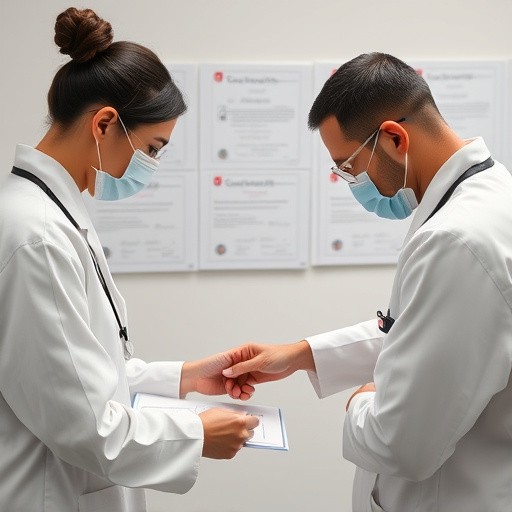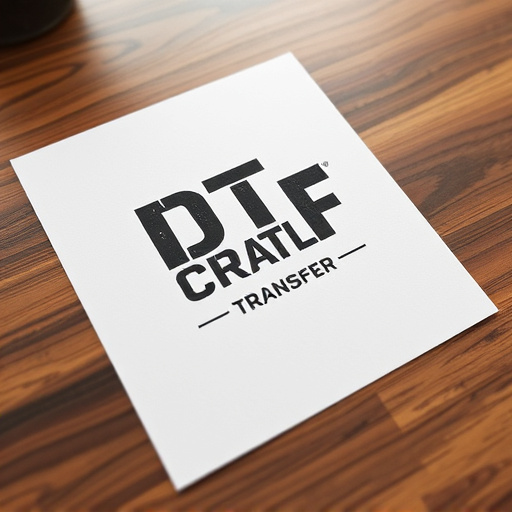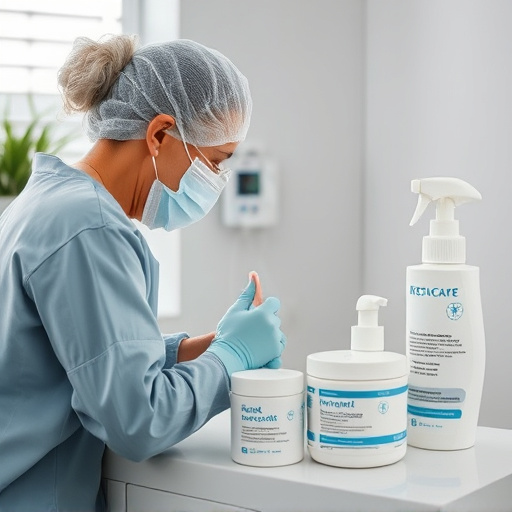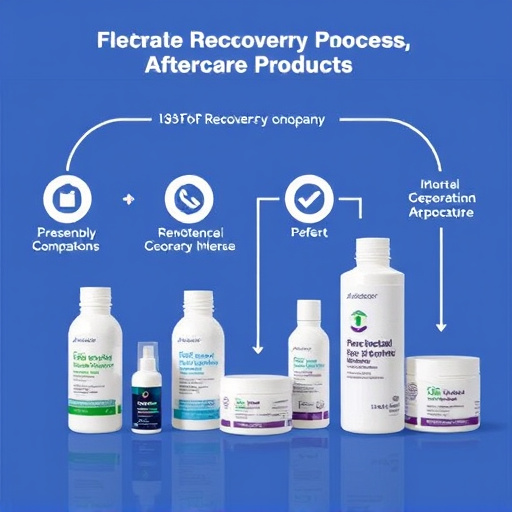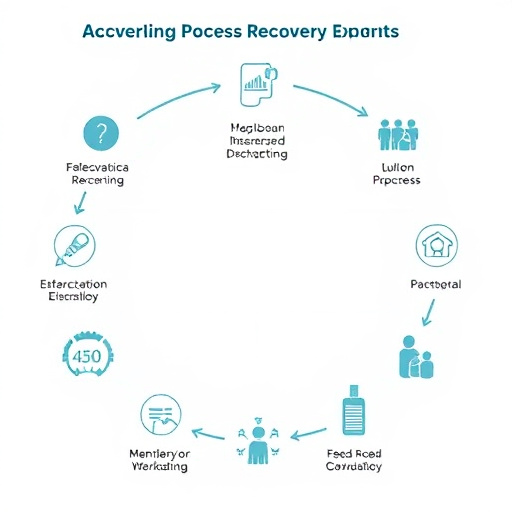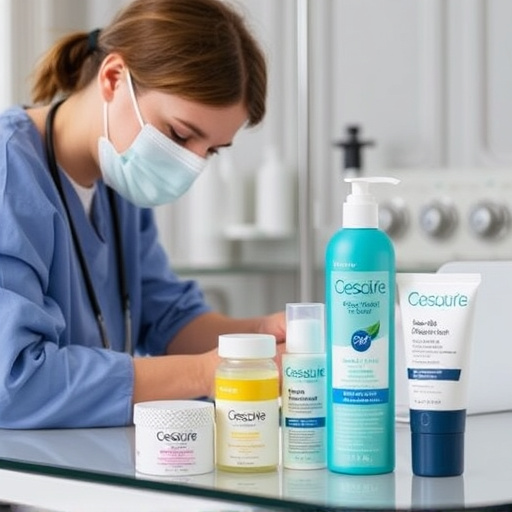Laser hair removal recovery typically occurs quickly, but varies based on area treated, skin type, and care taken. Side effects like redness and swelling are common and temporary (24-48 hours). To expedite healing, keep the treated area clean, moisturized, protected from sun, and avoid strenuous activities. Proper post-treatment care significantly reduces recovery time and improves results.
“Uncover the secrets to a swift and successful laser hair removal journey. This comprehensive guide provides an in-depth look at the recovery process, offering valuable insights into what to expect. From understanding the science behind it to identifying factors that impact healing times, you’ll be equipped with knowledge. Learn essential post-treatment care tips to accelerate recovery and achieve smoother, longer-lasting results. Discover how to navigate this procedure with confidence, focusing on efficient healing.”
- Understanding Laser Hair Removal Recovery Process
- Factors Influencing Recovery Time
- Post-Treatment Care and Tips for Faster Healing
Understanding Laser Hair Removal Recovery Process
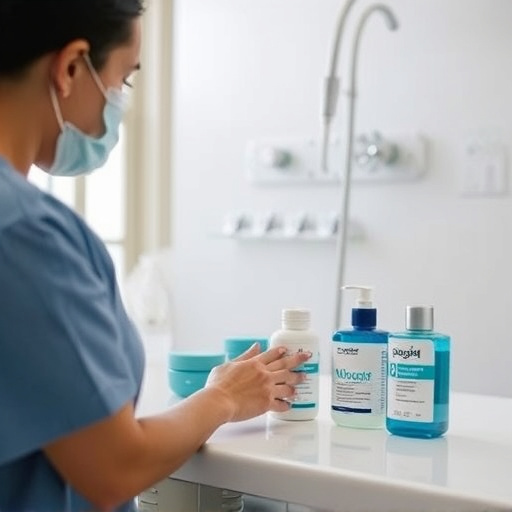
The laser hair removal recovery process is an essential aspect to consider for anyone planning this procedure. Typically, patients can expect a relatively quick return to their normal routine within just a few days, but it’s crucial to understand that individual experiences may vary. The recovery time largely depends on factors like skin type, the area being treated, and how well you follow post-procedure care instructions.
During and immediately after treatment, redness and mild swelling are common, especially in sensitive areas like the face or bikini line. These side effects usually subside within 24 to 48 hours. It’s vital to keep the treated area clean and moisturized and to avoid strenuous activities or direct sun exposure until healing is complete to ensure optimal laser hair removal recovery time and results.
Factors Influencing Recovery Time

The laser hair removal recovery time varies greatly depending on several factors. One key factor is the area being treated – larger areas, such as legs or back, typically take longer to heal than smaller areas like facial regions. Skin type also plays a role; those with darker skin tones might experience longer recovery times due to potential pigment changes.
Another influencer is the specific laser technology used and the expertise of the practitioner. Modern lasers are designed for faster, more precise treatments, potentially reducing recovery time. Skilled technicians can minimize side effects like redness or swelling, leading to quicker return to normal activities. Additionally, proper post-treatment care – including using recommended products and avoiding sun exposure – significantly impacts overall recovery speed.
Post-Treatment Care and Tips for Faster Healing
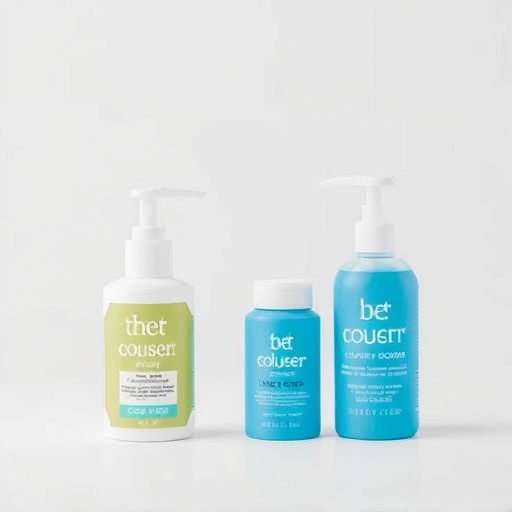
After completing a laser hair removal treatment, proper post-care is essential for optimal results and to ensure a faster healing process. During the first 24 hours following the procedure, it’s crucial to keep the treated area clean and moisturized. Avoid strenuous activities and direct sunlight, as this can irritate the skin. Using a gentle cleanser and applying a soothing moisturizer can help alleviate any discomfort and promote healing.
Additionally, many professionals recommend avoiding harsh products, including those with strong scents or chemicals, around the treated area. You should also refrain from picking or scratching the skin, which could delay the recovery process and increase the risk of infection. Staying hydrated and getting adequate rest are other vital aspects to aid in faster healing, as these activities support your body’s natural ability to recover.


